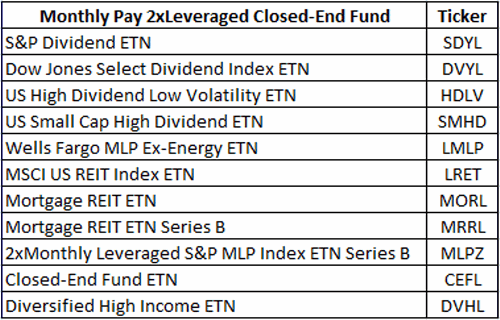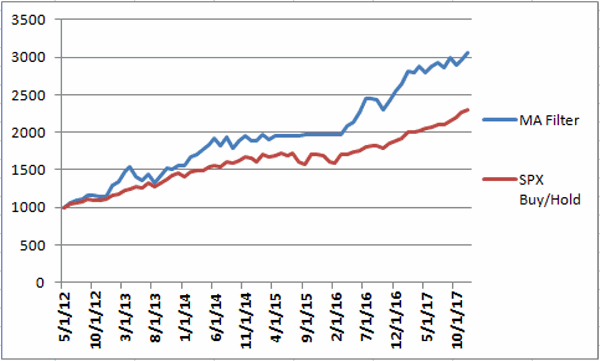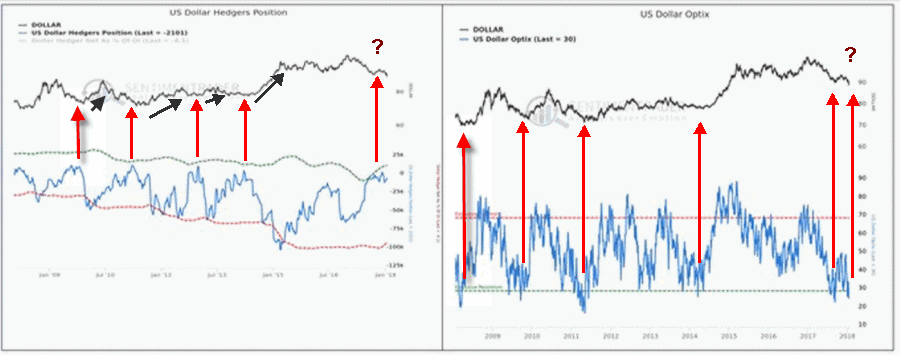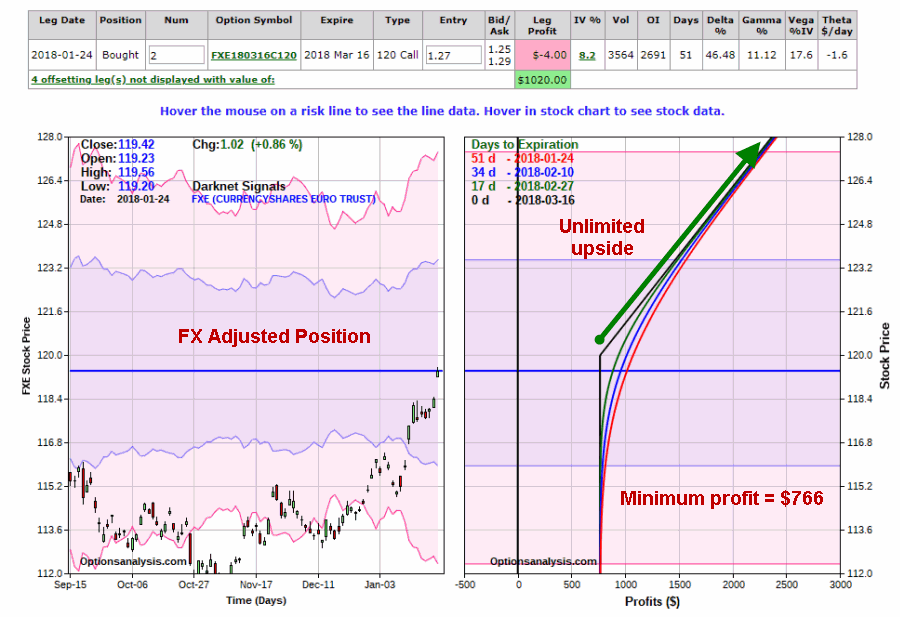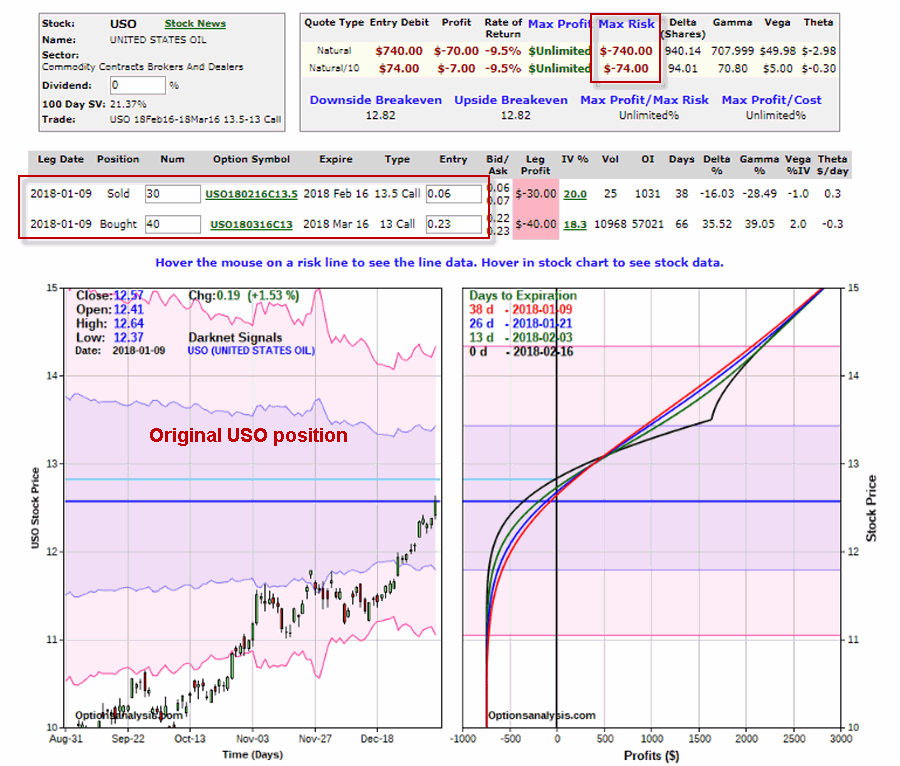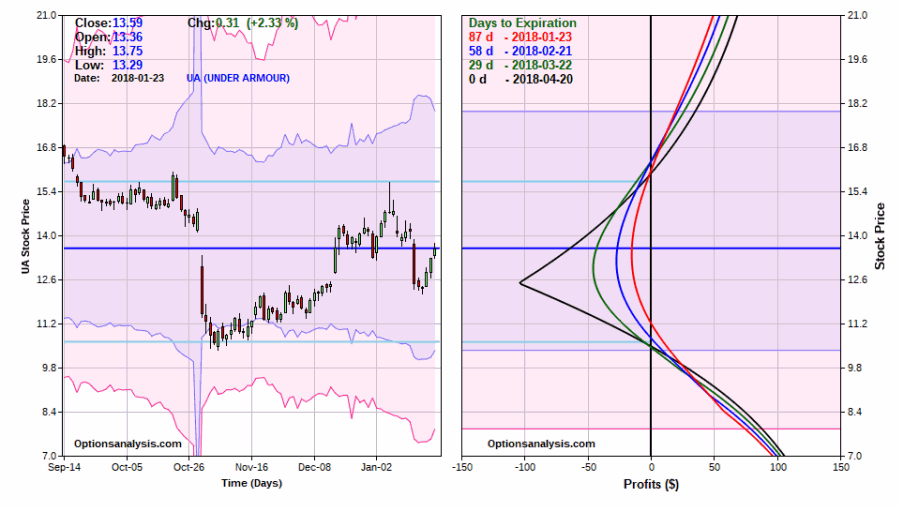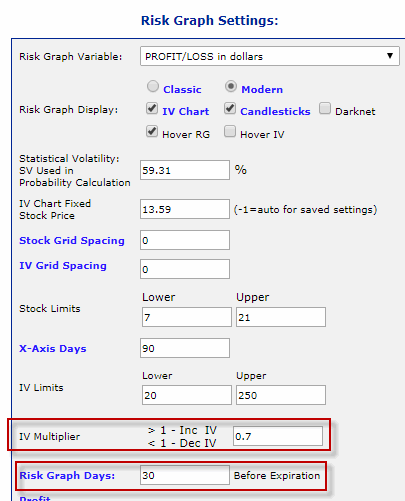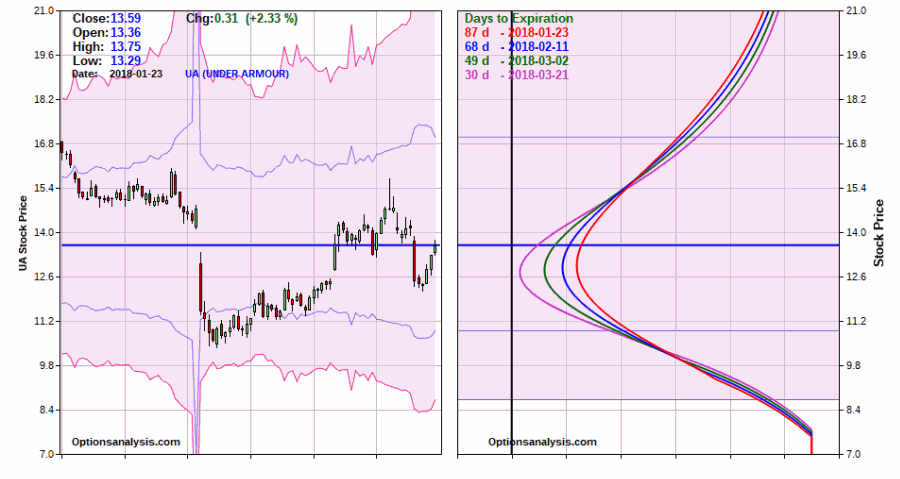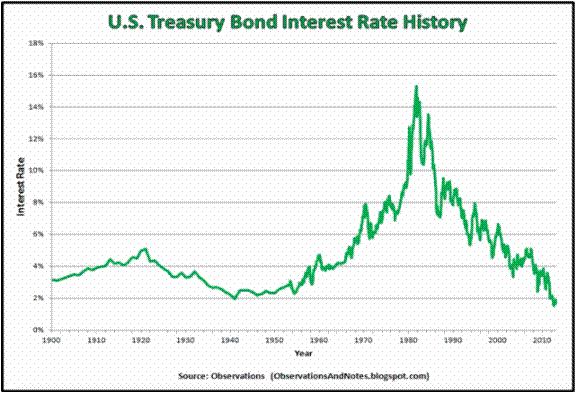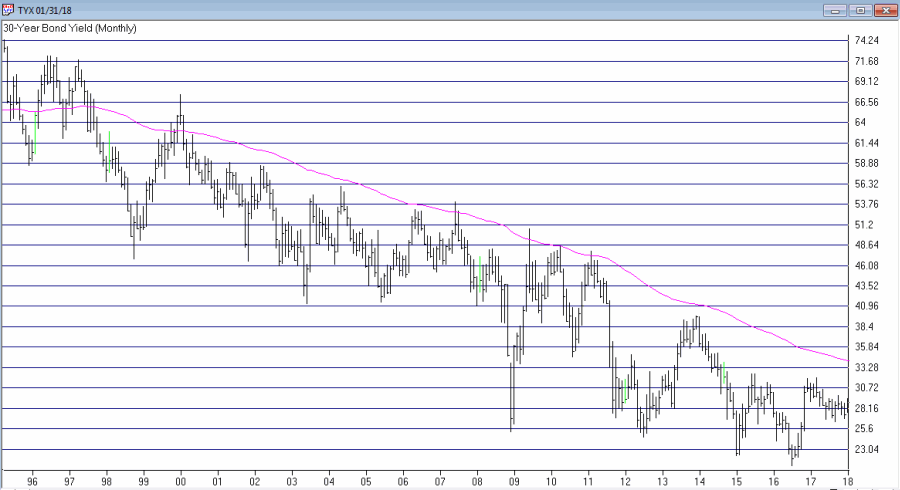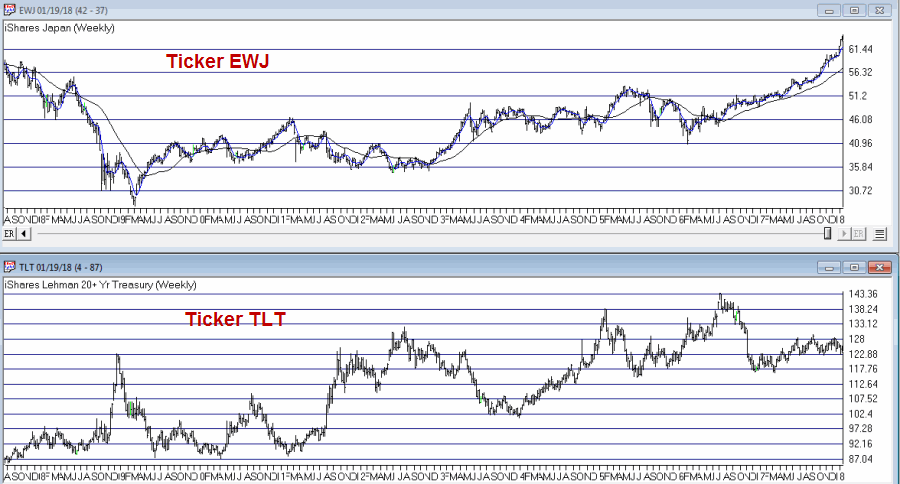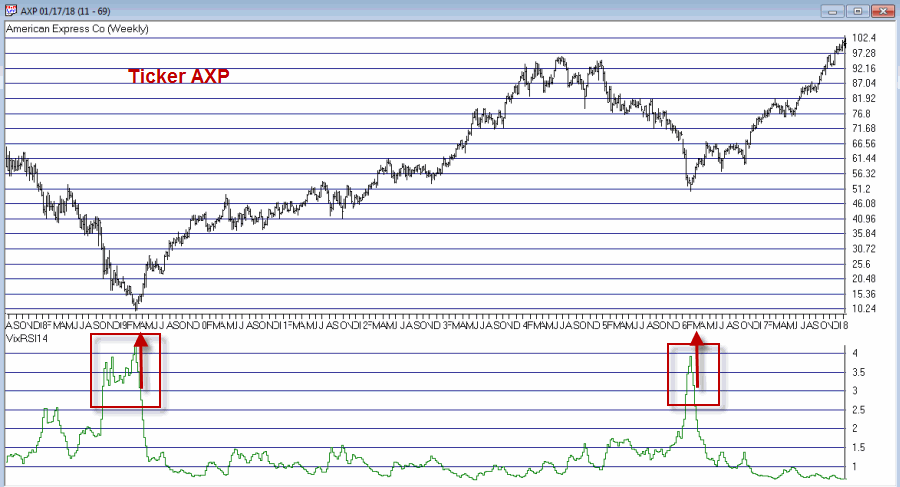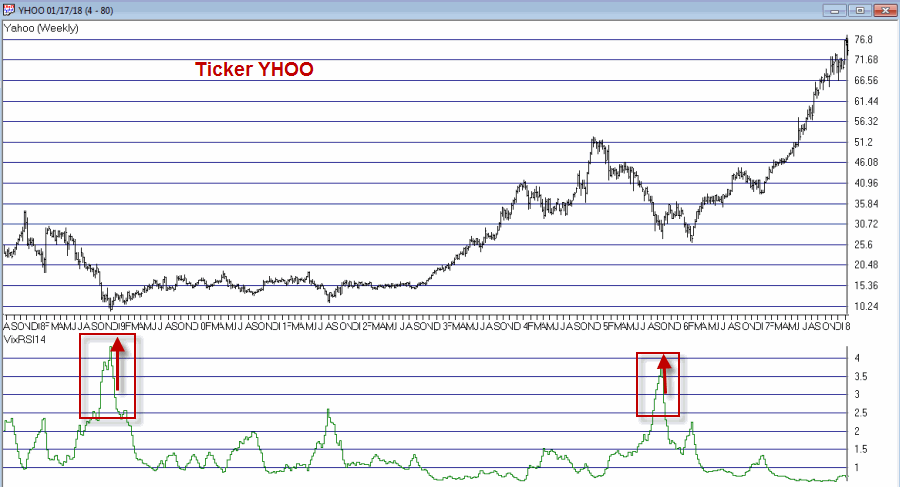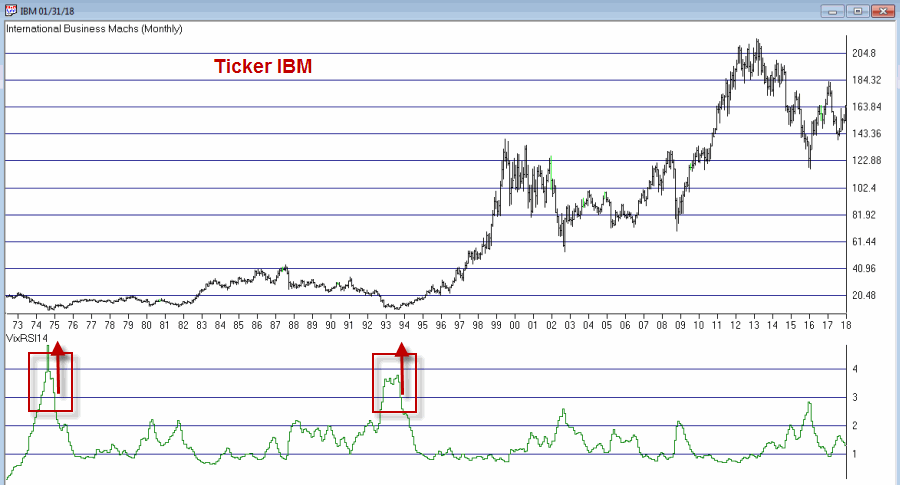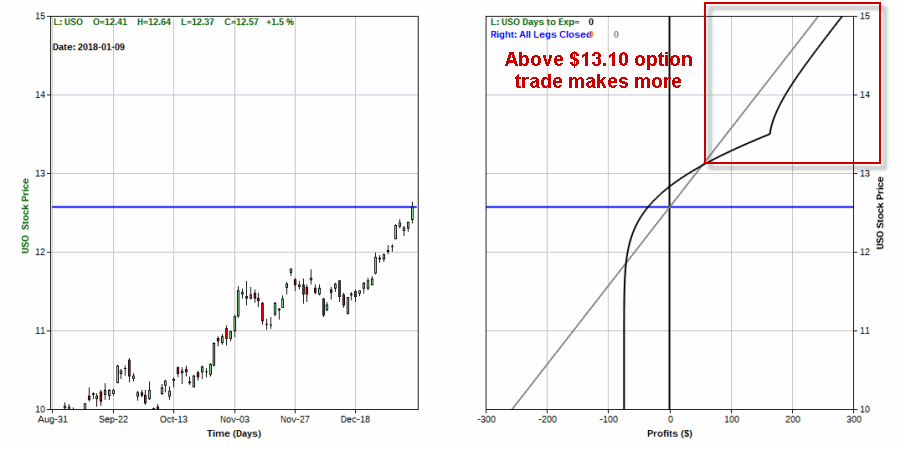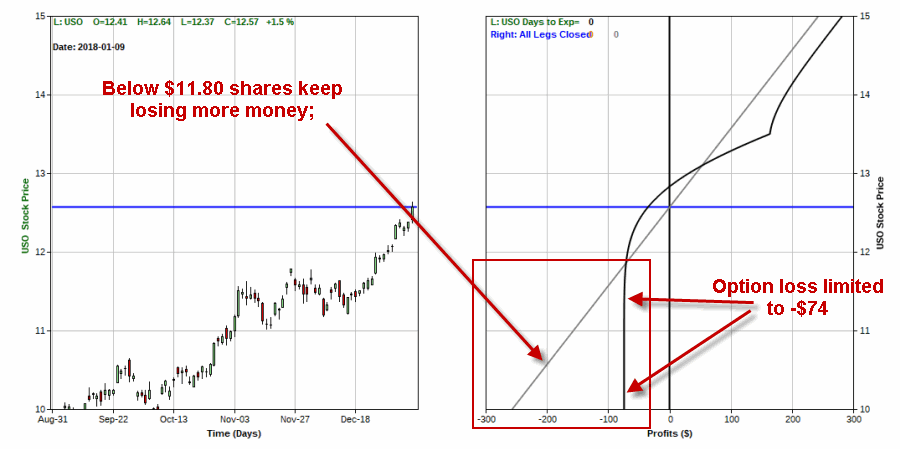There is an asset class (I think you can call it that) that I have been intrigued with for some time now but have never written about. There are three primary reasons for this.
*First, I’ve never actually invested there
*Second, I can’t decide if investing there is a good idea or not
*Third, I don’t want anyone to read my writing about them and toassume that I am necessarily endorsing or recommending them.
So what is the source of all this angst? Leveraged, high yield ETFs.
Leveraged, High Yield ETFs (heretofore LHYE)
First, here is what we are talking about: Leveraged high yield ETF are just what they sound like. They hold high yield securities (of varying types depending on the fund, however, many of them invest in closed-end funds, which can trade at a discount to their net asset value) and buy them using leverage. There is good news and bad news.
The good news is that the yields are terrific (up to 18% or more).
The bad news is twofold:
1. There are risks involved
2. I can’t quite figure out just how risky they are (but fear that they are much riskier than even I realize)
Figure 1 displays a list of a variety of LHYEs from an article by “Stanford Chemist” posted on SeekingAlpha.com. For more in depth information on one of the ETFs see this article by Lance Brofman. Figure 1 – A listing of various Leveraged High Yield ETFs (SeekingAlpha.com)
Figure 1 – A listing of various Leveraged High Yield ETFs (SeekingAlpha.com)
As you can see in Figure 1, there are some terrific yields offered. Some people who are getting 2% to 3% yield on their current investments might look at these yields and say, “Wow, this is great”. Others will look at them and say “This looks too good to be true.” So who’s right? The problem is that I don’t really know. But I do know that there is risk. Consider the charts in Figure 2. Figure 2 – Price Charts for several Leveraged High Yield ETFs (Courtesy ProfitSource by HUBB)
Figure 2 – Price Charts for several Leveraged High Yield ETFs (Courtesy ProfitSource by HUBB)
As you can see in Figure 2, each of these LHYEs had significant price declines somewhere along the way. An 18% yield looks great – right up until the point where price declines 40% to 60%. Then suddenly, that 18% yield doesn’t look so good anymore.
So what happens in a true stock bear market? I’m not sure. What about a bond bear market? Same answer. So the bottom line is that there is plenty of cause for caution and concern. Still, there is the other side of the coin.
Figure 3 displays 11 LYHEs that will be included in an index in Figure 4.
Figure 3 – 11 Leveraged High Yield ETFs used to create an Index
Figure 4 displays the total return growth for the 11 LHYEs displayed in Figure 3 versus buying and holding the S&P 500 Index starting on 5/31/2012.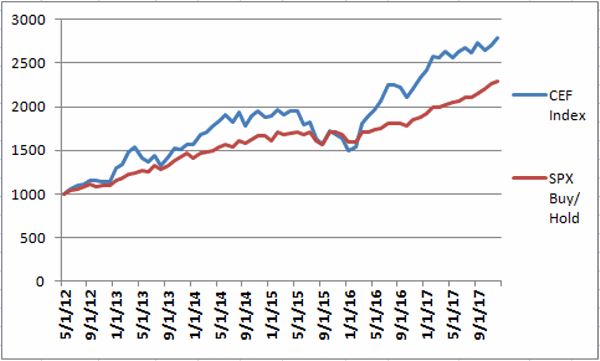 Figure 4 – Growth of $1,000 invested in 11 Leveraged High Yield ETFs (blue line) versus $1,000 invested in the S&P 500 Index; 5/31/2012-12/31/2017
Figure 4 – Growth of $1,000 invested in 11 Leveraged High Yield ETFs (blue line) versus $1,000 invested in the S&P 500 Index; 5/31/2012-12/31/2017
*The good news is that while the stock market has had a pretty good run (+130%) since 5/31/2012, the total return for a portfolio comprised of the 11 LHYE’s listed in Figure 3 gained quite a bit more (+180%) during the same period.
*The bad news is that while the worst drawdown for SPX (using month-end total return data) was -8.4% the LHYE Index endured a -24.3% drawdown between then end of February 2015 and the end of January 2016.
So again, this leads me to wonder: How bad do things get in a true bear market for stocks and/or bonds?
Because I can’t answer that question I remain a bit gun shy. So is there something that can be done to mitigate risk a bit? Let’s look at one possibility.
Using Moving Averages to Filter for Trend
Figure 5 displays a price chart of our LHYE Index components along with a 10-month and 21-month simple moving average. Figure 5 – Jay’s LHYE Index (Courtesy AIQ TradingExpert)
Figure 5 – Jay’s LHYE Index (Courtesy AIQ TradingExpert)
For our purposes, a “sell” signal occurs when the Index closes two conseivutive months below the 21-month moving average and a
“buy” signal occurs when the Index closes 1 month back above the 10 month moving average.
*During “Buy signals” we will hold the index of 11 LHYEs (using monthly total return data).
*During “Sell signals” we will hold short-term treasuries (using Bloomberg Barclays Treasury 1-3 Yr. total return data)
Using the method just descrbied generates the “LHYE System” equity curve (blue line) displayed in Figure 6, versus buying-and-holding the S&P 500 Index (red line).
Figure 6 – Growth of $1,000 invested invested using Jay’s LHYE System (blue line) versus SPX buy-and-hold (red line); May 2012-present
The blue line in Figure 6 represents a 21.2% average 12-month return with a maximum drawdown (using monthly data) of -13.9%.
Summary
So a lot of questions remain. For example:
*Some readers might be asking “what the heck exactly is a leverage high yield ETF again?” Answer: You should explore further before even giving a thought to investing in them.
*Some readers might be asking “Just exactly how risky are these things?” As far as I can tell the answer to that question is “Very” (see Figure 2 again). Beyond that – given their limited history – it is hard to tell
*Others might ask: “Does the moving average filter used in Figure 6 reduce risk enough to justify taking the plunge?” Answer: It’s hard to say. Waiting for two monthly closes below a 21-month moving average works well in a standard issue, “stop advancing, churn sideways to lower for awhile, then start to breakdown” bull market to bear market transition. In a market crash, not so much.
So there you have it. The bottom line is that my job here is not to “tell you what to do”, but to simply “tell you what I see.” With Leveraged, high-yield ETFs I see lots of market beating potential –and lots of risk.
Over to you…..
Jay Kaeppel
Disclaimer: The data presented herein were obtained from various third-party sources. While I believe the data to be reliable, no representation is made as to, and no responsibility, warranty or liability is accepted for the accuracy or completeness of such information. The information, opinions and ideas expressed herein are for informational and educational purposes only and do not constitute and should not be construed as investment advice, an advertisement or offering of investment advisory services, or an offer to sell or a solicitation to buy any security.
